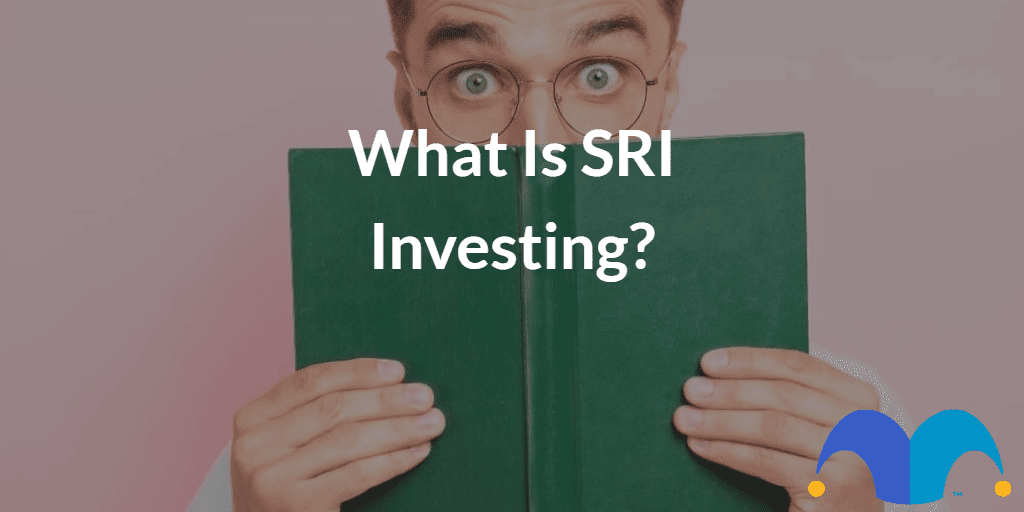If you’re an investor, you’re in the game to make money, but that doesn’t mean you have to abandon your values. With socially responsible investing (SRI), you can uphold your values, support the sectors you care about, and still make money.
To get you started, we’ll look at what your SRI options are, and why it matters and whether it’s worth it.
What is SRI investing all about?
If you feel like you’ve been pulled in all directions over the last few years, you’re not alone. From the environment and animal rights to slavery and workers’ rights, questionable supply chains or political concerns, there’s plenty to think about.
We don’t have to agree on our priorities, but SRI investing helps you to support the causes you care about, or avoid those you don’t.
How does SRI investing work?
SRI investing comes down to conscious choice. You can choose your SRI investments in three ways:
- negative screening;
- positive investments; and
- community investments.
Of course, as with any investment, past performance is not an indication of future results. It’s important to do your research and weigh the risks before committing your money.
Let’s take a closer look at the three options.
1. Negative screening
This is exactly what the name suggests: don’t put money into things you don’t support.
You don’t want to support tobacco? Then check that none of the funds you invest in has money in tobacco. You don’t want to support animal testing? Then don’t invest in companies that use animal testing. You don’t want to support a particular government, activity, or political stance, then don’t put money into those companies.
It’s easy – in principle. In practice, the challenge with negative screening is that you have to do your research. Those companies know that if they advertise certain activities, they’ll lose investors. And if you invest in index or managed funds, do you really know exactly which stocks the fund includes?
2. Positive investments
This is the opposite of negative screening: supporting companies that share your values.
If you have a political preference, choose investments that support it. If you’re an environmentalist, or you care about human rights in supply chains, or equality, then invest in companies that transparently support those values.
Positive investing is easier than negative screening, as these companies advertise their activities and values. With the recent surge in SRI investing, niche funds have popped up that only include vetted companies that meet certain ethical and transparency standards. These make it easy to invest in the market sector of your choice.
3. Community investments
Community investing is a subset of SRI investing that supports local communities. These investments could create local jobs; provide facilities, housing or services; or address a local problem.
Community investments can be harder to find and may skew towards smaller businesses. While this can make them more rewarding, they can also be more risky and volatile. Affordable real estate, peer-to-peer lending and micro-loans are easy ways to get started with community investing.
Why choose SRI investing?
A 2019 UK government report found that 64% of people prefer to buy products from sustainable companies, and only 14% said they would choose a retirement fund that did not seek more positive impact on people and the planet.
According to PWC, among professionals, 72% of private equity firms “…always screen target companies for [environmental, social and governance] risks and opportunities at the pre-acquisition stage.” PWC also found that B Corps (a type of certification for sustainable businesses) reported 14% revenue growth since 2015, and fared better during the COVID-19 pandemic.
Even if you disregard the obvious ethical considerations and focus on the numbers, SRI investing is a growth area with widespread consumer support.
Where can you start?
If all this talk of SRI investing has you interested, sustainable funds and ETFs are a simple way to dip your toe in. If you’re still not sure about the whole idea of investing, or you need more information to get started, check out our beginners’ guide to investing for some pointers.
